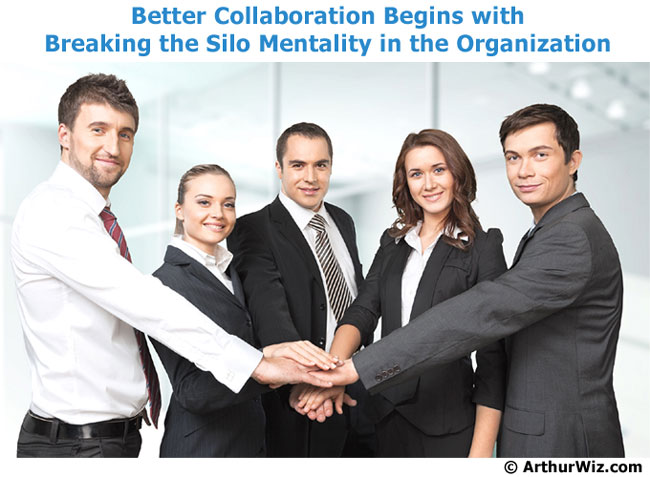Natural Cause of Silo Mentality
The Danger of the Silos
The Blame Game
How to Break the Barriers
Besides having a unified vision, the tasks of steering the ship to a new coordinate and making a real transformation corporate-wide can be quite challenging. Techniques like the Challenge Maps have been used to identify the critical gaps exist in departments and map out the actual steps needed to move forward. By having a clear plan and workable deliverable, solving chronic organization problem is a reality when you see the whole organization align to the right direction progressively. When the direction becomes clearer, meetings become much more productive and working together becomes a top priority of its own.
For smaller organizations that do not have their IT resources, another way is to employ IT experts who have expertises in the areas of process improvement and systems thinking and develop joined-up solutions between departments and fill the gaps on a regular basis. These software developers should have extensive knowledge about business processes and have the ability to lead the direction of improvement, rather than just taking requirements and ideas from the stakeholders directly. However, just like any other functional units in the organization, as a natural progression, silos will form within the IT team as well between the Development and IT Operations groups.
In the recent years, DevOps, an IT movement or practice, tries to solve this particular issue by creating a culture that partners developers with operations staff together to ensure the software delivered with minimal problems where all members in DevOps are willing to support the idea of sharing and working together. So it is essentially a practice that aims at collaboration and communication of both software developers and other IT professionals.


 RSS Feed
RSS Feed